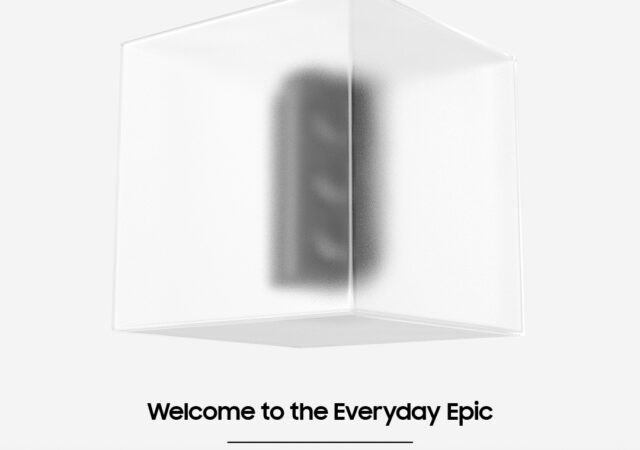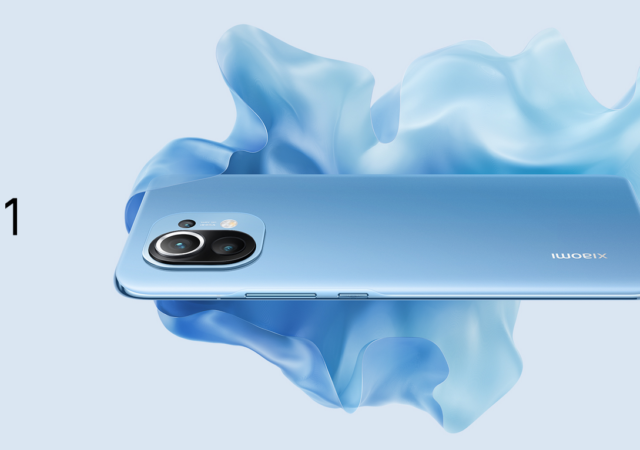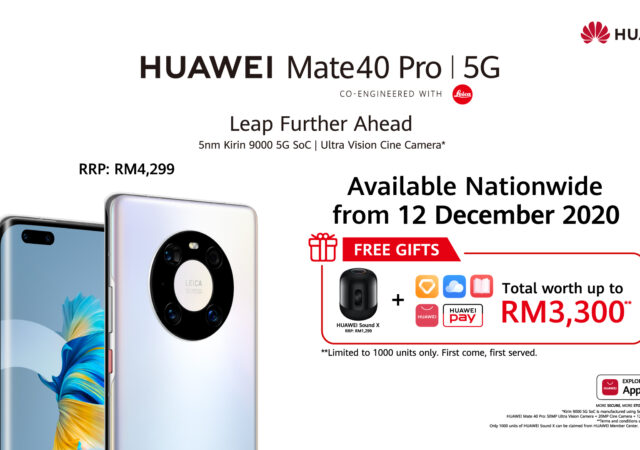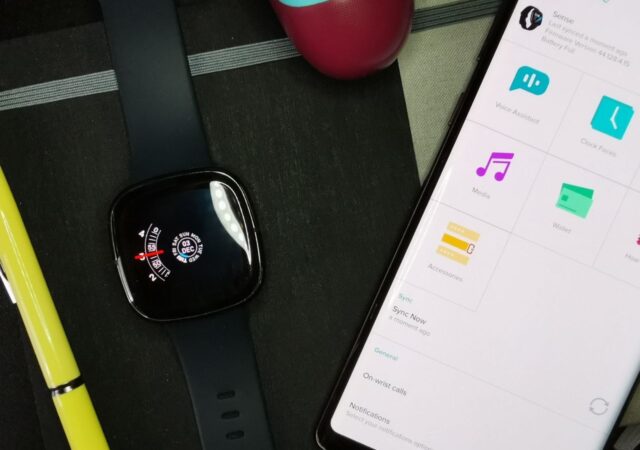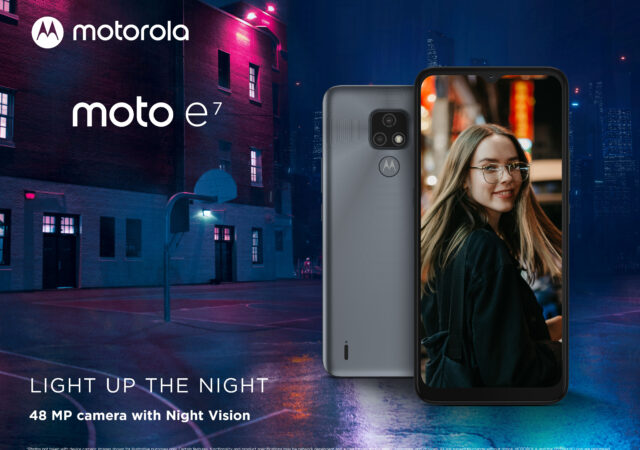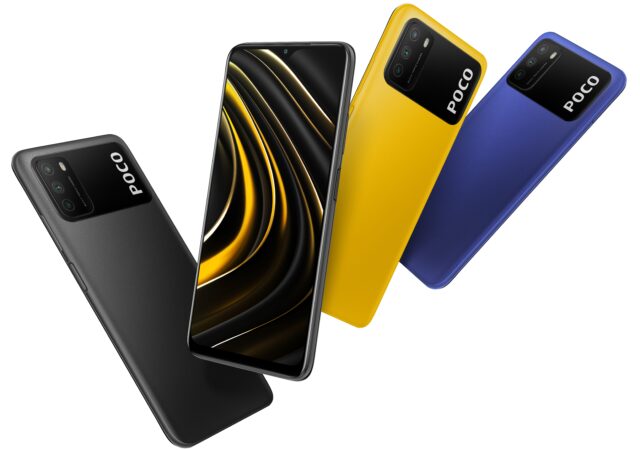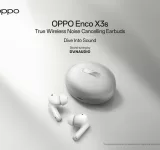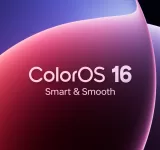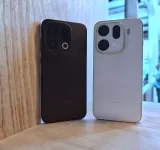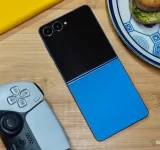JOI launches their new JOI Book SK3000 packing Qualcomm’s Snapdragon 850 SoC powering Windows 10 Pro for MYR 2,199.
Ready to Meet the New Generation of Galaxy Devices? Samsung Unpacked is Happening January 14
Samsung has sent out invites for their upcoming Unpacked event. Here’s what you need to know.
Xiaomi Unveils New Mi 11 Flagship with Focus on User Experience
Xiaomi announces their latest flagship, the Mi 11 which packs Qualcomm’s Snapdragon 888 processor with 5G connectivity.
YES x Shopee DATABACK – Like Cashback, but for Data
YES and Shopee partners up to exclusively bring customers one of a kind rebate program for mobile data plans.
Tech & Tonic Episode 28 – One Last Time for 2020 and Our Top 10 Things To Buy for Christmas
In this episode of Tech & Tonic Podcast, we reveal out top 10 shopping list for Christmas. Of course, we discuss why as well.
Just Say YES, You Really Have to with YES’ Kasi Up Mobile Data Plans
YES introduces new 4G plans for prepaid and postpaid that is more affordable than ever. Kasi Up plans start from MYR 15/month.
HUAWEI Mate40 Pro Finally Arrives in Malaysia
HUAWEI’s Mate40 Pro goes on sale in Malaysia for MYR4,299 with up to MYR3,300 worth of freebies.
The Fitbit Sense In-Depth Review – The Shinier Versa
The Fitbit Sense was introduced together with the Fitbit Versa 3 with new functions and design. Is it any good for MYR 1,498?
Motorola Unveils The Moto E7
Motorola brings more flagship features to the entry level with the new Moto E7 which comes with a 48MP main camera.
POCO Launches the M3 – Paying for More than You Expectry Level Smartphone
POCO just launched their POCO M3 entry-level device with prices starting from MYR 599. Available 27th November 2020.




